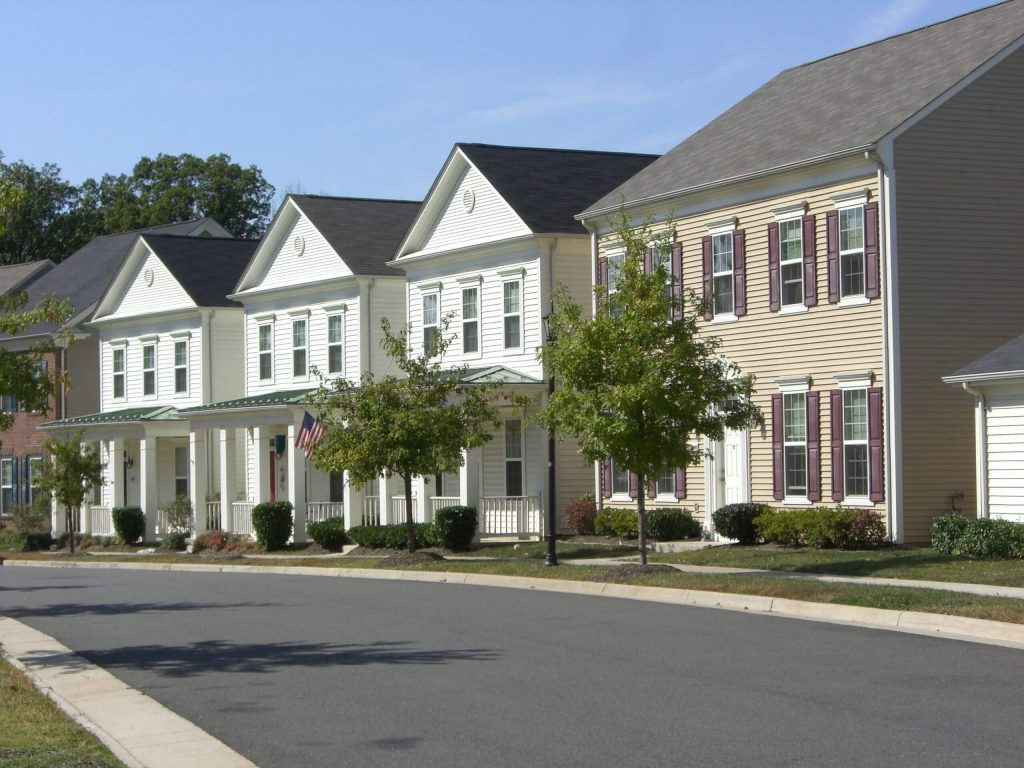Student-centric advice and objective recommendations
Higher education has never been more confusing or expensive. Our goal is to help you navigate the very big decisions related to higher ed with objective information and expert advice. Each piece of content on the site is original, based on extensive research, and reviewed by multiple editors, including a subject matter expert. This ensures that all of our content is up-to-date, useful, accurate, and thorough.
Our reviews and recommendations are based on extensive research, testing, and feedback. We may receive commission from links on our website, but that doesn’t affect our editors’ opinions. Our marketing partners don’t review, approve or endorse our editorial content. It’s accurate to the best of our knowledge when posted. You can find a complete list of our partners here.
Using Student Loans for Off-Campus Housing

 By
Kayla Korzekwinski
By
Kayla Korzekwinski 
Kayla Korzekwinski is a Scholarships360 content writer. She earned her BA from the University of North Carolina at Chapel Hill, where she studied Advertising/PR, Rhetorical Communication, and Anthropology. Kayla has worked on communications for non-profits and student organizations. She loves to write and come up with new ways to express ideas.
Full BioLearn about our editorial policies

Cait Williams is a Content Writer at Scholarships360. Cait recently graduated from Ohio University with a degree in Journalism and Strategic Communications. During her time at OU, was active in the outdoor recreation community.
Full BioLearn about our editorial policies

Maria Geiger is Director of Content at Scholarships360. She is a former online educational technology instructor and adjunct writing instructor. In addition to education reform, Maria’s interests include viewpoint diversity, blended/flipped learning, digital communication, and integrating media/web tools into the curriculum to better facilitate student engagement. Maria earned both a B.A. and an M.A. in English Literature from Monmouth University, an M. Ed. in Education from Monmouth University, and a Virtual Online Teaching Certificate (VOLT) from the University of Pennsylvania.
Full BioLearn about our editorial policies

Living off-campus can give students freedom and allows them to experience being on their own. However, off-campus housing comes with different costs than living in a dorm. Here are some things to keep in mind when using student loans to live off-campus!
Cost of attendance
Colleges offer financial aid based on the estimated cost of attendance. The cost of attendance includes the expenses of tuition, fees, supplies, room and board, transportation, and more. Oftentimes when students take out a loan, it is based on the cost of attendance. A good rule of thumb is to check the school’s housing allowance, and try to stay near that amount when borrowing loans for off-campus housing.
Both federal loans from FAFSA and private loans can be used to pay for off-campus housing because it is included in the cost of attendance. It’s helpful to decide if you want to live on- or off-campus as soon as possible so that it can be factored into your FAFSA.
Related: Where can I find student rent assistance?
Student loan refunds
One of the more common uses of a student loan refund is to pay for off-campus housing. Refunds can be used for other expenses associated with living off-campus such as utilities, groceries, and transportation. It’s easy to use a student loan refund! Once you receive the refund check, deposit the money to your bank account and pay from there.
Apply to these scholarships due soon
More scholarships for college studentsConsider all of your expenses
When deciding whether to live off campus, keep in mind that off campus housing may involve costs not factored into your monthly rent payment. These can include:
- Wi-fi
- Furniture
- Utilities and parking
Additionally, another important thing to keep in mind is that student loans are disbursed to your school first to pay for tuition and fees. The amount that you borrow may not be the whole amount that you receive to pay for living expenses. Student loans are disbursed once per semester. Be sure to budget accordingly to stretch your loans for as long as possible!
Remember that food will need to be a part of your budget as well, whether you are living on or off campus.
How to use student loans to pay for off-campus housing
Using student loans for off-campus housing is a simple process.
1. Deposit your student loan refund check or receive direct disbursement to your account
2. Write a check or make payments for rent and other expenses as you normally would with your own money
3. Keep an eye on your account and budget appropriately to ensure you have enough funds to pay for the whole semester
4. Use the funds only for essentials related to your education
Remember, student loans are not “free” money. Any funds that you use for housing costs will have to be repaid with interest. However, if you budget your funds and make good financial decisions, you will be able to live off-campus with your student loans!
See also: How to apply for student loans
Choosing between on campus and off campus housing
Whether you choose to live on campus or off campus, there is no getting around having to pay for somewhere to live while you are in college. Choosing between on campus and off campus housing should come down to not what is cheaper, but what will better suit your needs and help you succeed!
So, let’s take a quick look at both living on campus and living off campus!
On campus
On campus living, which usually consists of double occupancy dorms, is the most common option that many colleges offer. Campus housing will typically cost you one flat rate for the semester, meaning you won’t have to pay separate bills for different amenities like you would in an apartment or house. Additionally, a lot of schools will require students to purchase a meal plan if they live on campus, which, while it is an additional cost, does simplify some things.
Off Campus
The biggest benefit to off campus living for most students is likely the privacy and freedom that come with it. Students do not have to follow university living policies and usually will live in a place that can offer them their own room, sharing a bathroom with less people and more room in general. However, living on your own comes with added responsibilities such as paying utilities, grocery shopping and furnishing your own place.
Cost
While we did say that your well-being should be a higher priority than price, we will still take a second right now to talk about the costs. Which option is cheaper for living really depends on where you are and what school you are attending. In some big cities where rent is quite high, a dorm may be the cheaper option. However, in smaller towns, there may be little to no difference. Make sure you do your homework and explore both options thoroughly!
Frequently asked questions about using student loans for off campus housing
Can I use Sallie Mae student loans for off-campus housing?
Can I use federal student loans for off-campus housing?
Does FAFSA cover housing?
What can I do with leftover student loan money?














